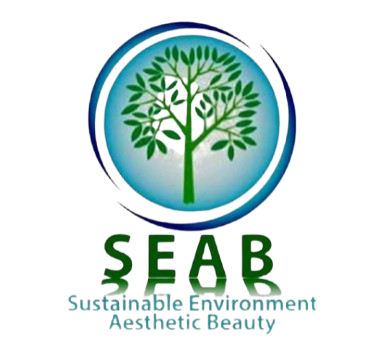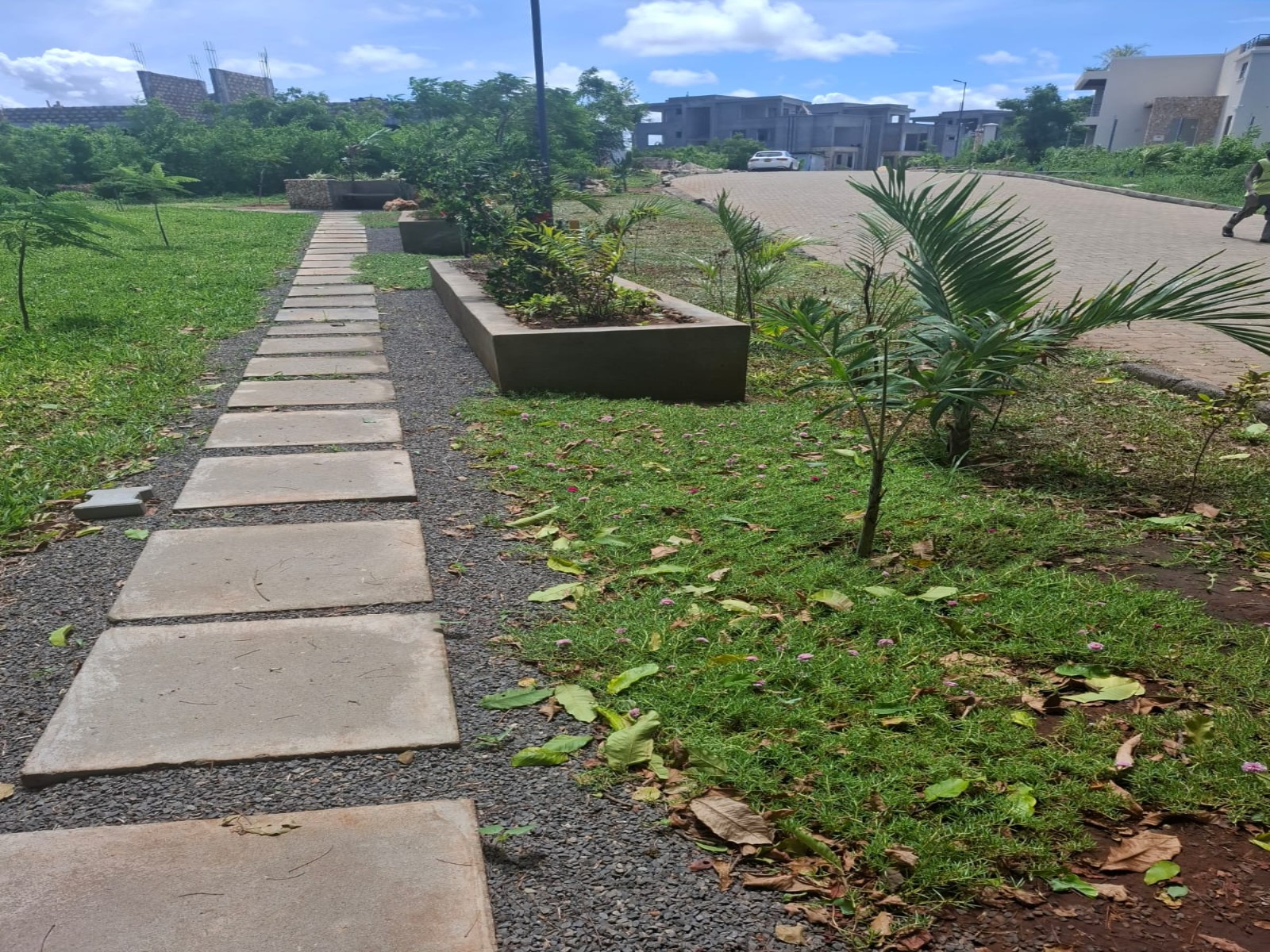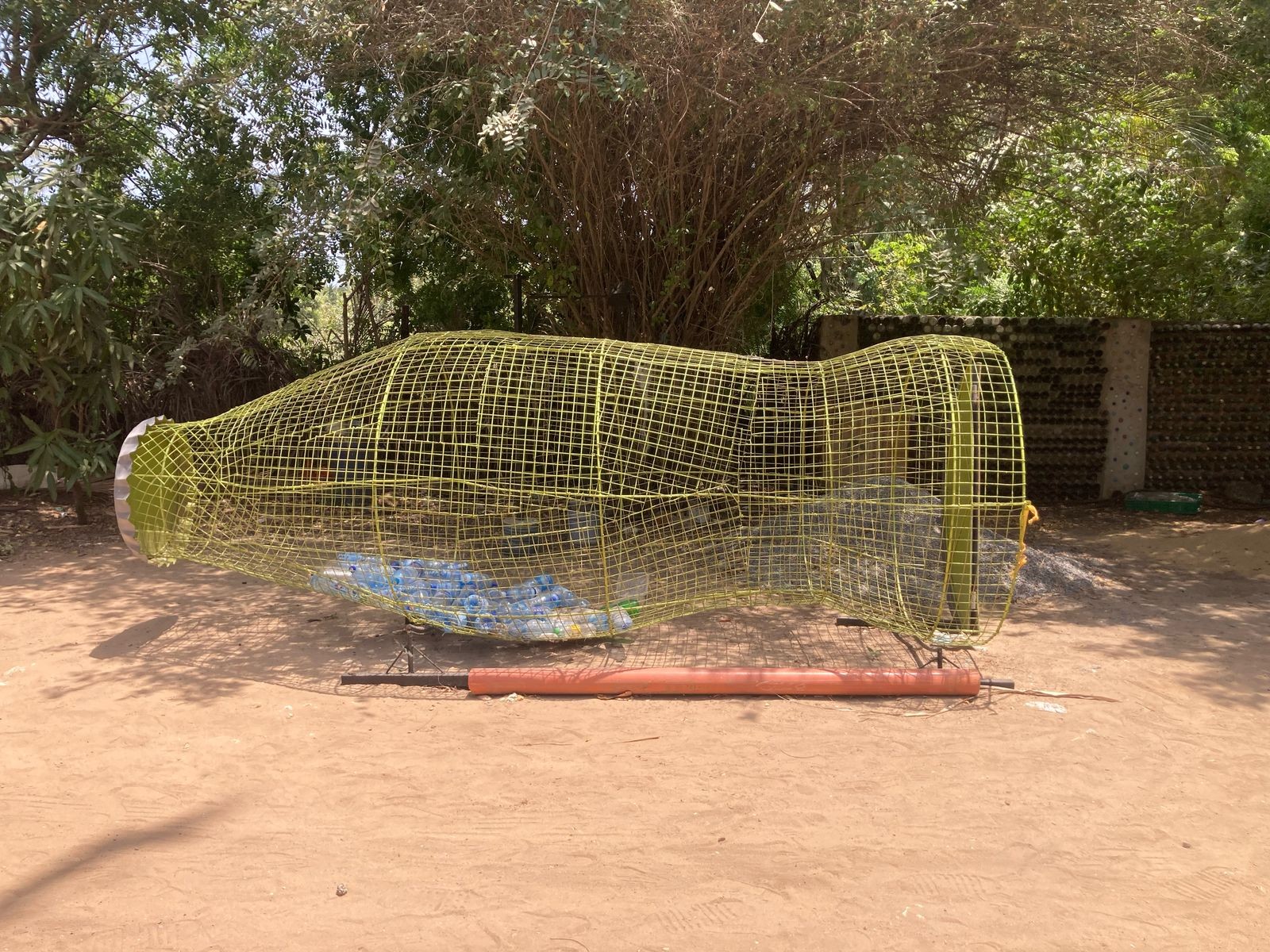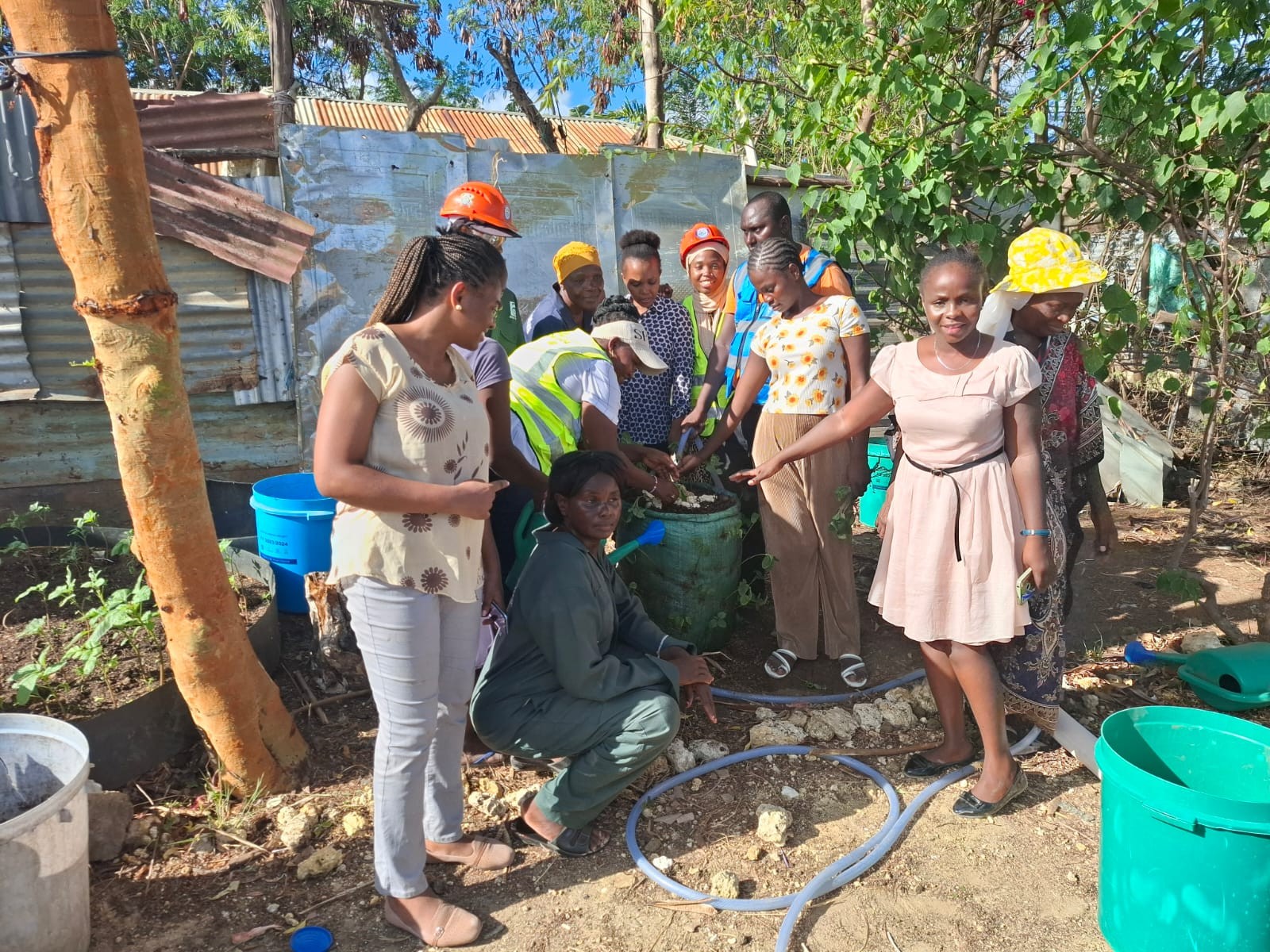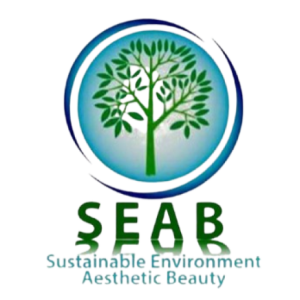
Environmental Education and Awareness: A Cornerstone of Sustainable Communities
Introduction
Environmental education and awareness form the foundation of meaningful ecological change. For community-based organizations like Sustainable Environment Aesthetic Beauty (SEAB), these initiatives represent not just a core objective but a catalyst that enhances the success of all environmental programs. As communities face increasing environmental challenges—from waste management issues to biodiversity loss—educational initiatives become essential bridges between understanding and action.
The Critical Role of Environmental Education
Environmental education serves multiple vital functions in communities:
Knowledge Foundation
Environmental literacy equips community members with the understanding of ecological systems, human impacts, and sustainable alternatives. This knowledge base is essential for informed decision-making at both individual and community levels.
Behavior Change Catalyst
Awareness alone rarely leads to action. Effective environmental education creates pathways from knowledge to behavioral change by addressing barriers, providing practical skills, and fostering motivation.
Community Empowerment
When communities understand environmental challenges and their potential solutions, they become empowered stakeholders rather than passive observers. This transformation is particularly powerful in regions facing immediate environmental threats.
Intergenerational Transfer
Environmental education ensures that sustainable practices and values transfer across generations, creating lasting change rather than temporary improvements.
Effective Approaches for Community-Based Environmental Education
For organizations like SEAB, several proven approaches can maximize impact:
Experiential Learning
Hands-on experiences create stronger connections than theoretical knowledge alone. Activities such as community clean-ups, tree planting events, and waste sorting demonstrations provide tangible experiences that reinforce learning.
Local Relevance
Environmental education must connect to local realities. For coastal communities in Mombasa County, this might mean focusing on marine pollution and coastal ecosystem protection alongside general environmental principles.
Multiple Learning Pathways
Effective environmental education programs utilize diverse approaches:
- School-based curriculum integration
- Community workshops and demonstrations
- Public awareness campaigns
- Skills training sessions
- Digital and social media content
- Intergenerational knowledge sharing
Solution-Oriented Framing
While acknowledging environmental challenges, education should emphasize solutions and positive action. This approach prevents the despair and disengagement that can come from focusing solely on problems.
Implementation Strategies for SEAB
Based on SEAB’s established mission and community context, several promising implementation strategies emerge:
School Partnerships
Developing environmental curriculum supplements and activity guides for schools creates systematic impact. School programs might include:
- Eco-clubs for students
- Teacher training workshops
- School garden projects using SEAB’s compost products
- Waste separation competitions between schools
- Environmental art and storytelling projects
Community Knowledge Hubs
Establishing community environmental knowledge centers—even simple ones—creates accessible resources for ongoing learning:
- Demonstration sites for composting and gardening
- Resource libraries with educational materials
- Regular workshop schedules
- Display of locally relevant environmental information
Skill-Building Workshops
Practical skills enable environmental action:
- Home composting techniques
- Waste reduction strategies for households
- Water conservation methods
- Basic gardening and tree care
- Upcycling workshops for common waste materials
Public Awareness Campaigns
Broader messaging reaches community members who might not actively seek environmental information:
- Educational posters in public spaces
- Community radio programs
- Social media content series
- Mobile demonstrations at markets and community events
- Environmental messaging integrated into local cultural events
Digital Engagement
Even in communities with limited technology access, strategic digital content can extend reach:
- WhatsApp groups for environmental tips and updates
- Shareable educational videos for social media
- SMS-based environmental information sharing
- Virtual workshops for those unable to attend in person
Measuring Educational Impact
Environmental education requires thoughtful evaluation approaches:
Knowledge Assessment
- Pre and post surveys for workshop participants
- School-based assessments of environmental knowledge
- Community knowledge sampling through periodic surveys
Behavior Change Indicators
- Household waste separation rates
- Participation in community environmental initiatives
- Adoption of home gardening and composting
- Water and energy conservation practices
Community Engagement Metrics
- Attendance at educational events
- Volunteer participation in environmental activities
- Community-initiated environmental projects
- Request rates for environmental information and support
Environmental Improvement Indicators
- Reduced littering in targeted areas
- Increased tree coverage in community spaces
- Improved waste management practices
- Community-level resource conservation
Creating Sustainable Educational Programs
For lasting impact, environmental education initiatives should include:
Train-the-Trainer Components
Building local capacity ensures programs continue beyond initial implementation:
- Developing community environmental educators
- Youth leadership training in environmental communication
- Teacher professional development in environmental education
Resource Development
Creating locally relevant educational materials provides ongoing value:
- Visual guides adapted to local contexts
- Activity manuals for schools and community groups
- Digital resource libraries
- Simple educational games and materials
Integration with Other Initiatives
Environmental education should connect with:
- Waste management programs (educating about proper separation)
- Tree planting initiatives (teaching proper planting and care)
- Agricultural projects (promoting sustainable farming techniques)
- Landscaping and beautification efforts (building community pride)
Conclusion
Environmental education and awareness represent more than an objective for organizations like SEAB—they form the essential foundation upon which all other environmental initiatives build. Through thoughtful, community-centered educational approaches, SEAB can create not just temporary behavioral changes but lasting ecological literacy that transforms community relationships with the environment.
When environmental knowledge becomes woven into community identity and practice, the vision of a “sustainable environment that is aesthetically pleasing” becomes not just an organizational goal but a lived community reality. This transformation—from environmental information to environmental culture—represents the ultimate success of educational initiatives.
By prioritizing diverse, practical, and culturally relevant approaches to environmental education, SEAB positions itself to create meaningful, measurable, and lasting impact across all its objectives.
Environmental education and awareness
Mauris id enim id purus ornare tincidunt. Aenean vel consequat risus. Proin viverra nisi at nisl imperdiet auctor. Donec ornare, est sed tincidunt placerat, sem mi suscipit mi, at varius enim sem at sem.
Category:Environmental Education & Awareness
Client:Alisa William
Date:July - 14, 2016
